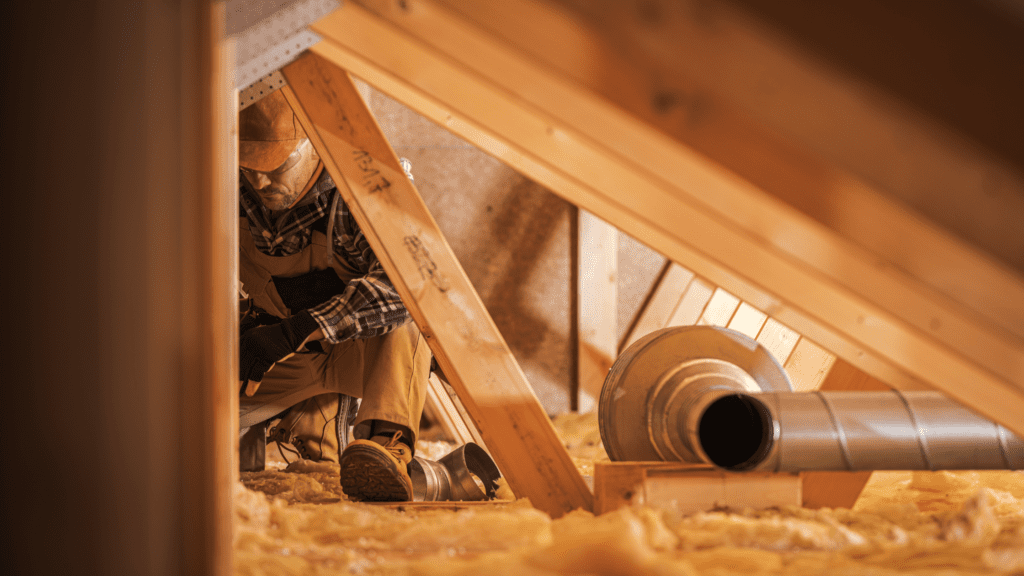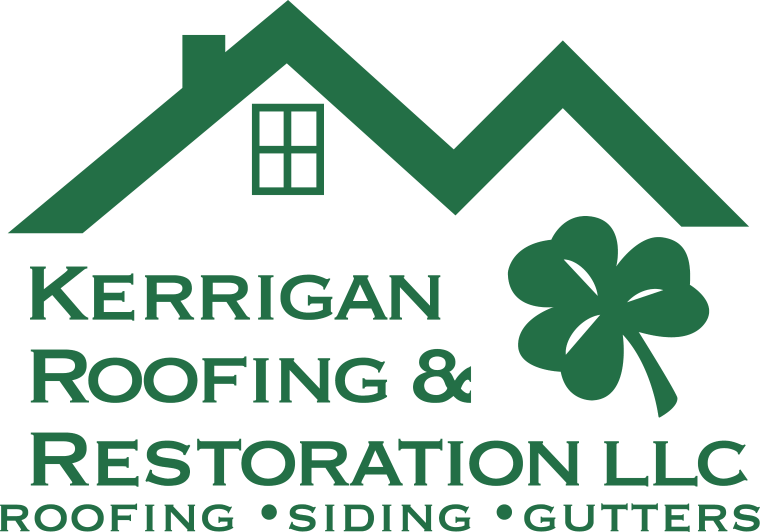
In the realm of home maintenance and improvement, one crucial aspect that often goes overlooked is attic ventilation. Proper attic ventilation plays a significant role in ensuring the longevity of your roof, the energy efficiency of your home, and the overall comfort of your living space. In this blog post, we will delve into the essential facts about attic ventilation that every homeowner in Columbus & Dayton, OH, should be aware of to make informed decisions about their home’s well-being.
Importance of Attic Ventilation
Attic ventilation is vital for maintaining a healthy and functional roofing system. Without proper ventilation, heat and moisture can build up in the attic, leading to a host of issues such as:
1. Heat Buildup: Inadequate ventilation can cause excessive heat buildup in the attic space, leading to higher indoor temperatures, increased cooling costs, and potential damage to roofing materials.
2. Moisture Problems: Poor ventilation can trap moisture in the attic, promoting the growth of mold, mildew, and rot. This can compromise the structural integrity of the roof and pose health risks to occupants.
3. Ice Dams: In colder climates like Columbus & Dayton, OH, inadequate ventilation can contribute to the formation of ice dams on the roof, which can lead to water leaks and damage to the roof and interior of the home.
Types of Attic Ventilation
There are two primary types of attic ventilation systems:
1. Intake Ventilation: Intake vents are typically located along the eaves or soffits of the roof and allow fresh air to enter the attic space. Soffit vents, gable vents, and drip-edge vents are common types of intake ventilation.
2. Exhaust Ventilation: Exhaust vents are installed near the roof ridge or at the gables to allow hot air and moisture to escape from the attic. Ridge vents, roof vents, and gable vents with fans are examples of exhaust ventilation systems.
A balanced combination of intake and exhaust vents is essential to ensure proper airflow through the attic, preventing issues related to heat and moisture buildup.
Signs of Poor Attic Ventilation
As a homeowner, it’s crucial to be aware of the signs that indicate poor attic ventilation. Some common indicators include:
1. Excessive Heat in the Attic: If your attic feels excessively hot, especially during the summer months, it may be a sign of inadequate ventilation.
2. Mold or Mildew Growth: The presence of mold or mildew in the attic or on the underside of the roof deck is a clear indication of excessive moisture due to poor ventilation.
3. High Energy Bills: Insufficient attic ventilation can lead to increased energy costs as your HVAC system works harder to maintain comfortable temperatures in your home.
4. Ice Dam Formation: If you notice ice dams forming on your roof in the winter, it could be a result of poor attic ventilation and insulation.
Benefits of Proper Attic Ventilation
Ensuring proper attic ventilation offers a wide range of benefits for homeowners, including:
1. Extended Roof Lifespan: Adequate ventilation helps regulate attic temperature and moisture levels, preventing premature deterioration of roofing materials and extending the lifespan of your roof.
2. Improved Energy Efficiency: Proper attic ventilation can reduce the strain on your HVAC system by maintaining more consistent indoor temperatures, which can lead to lower energy consumption and reduced utility bills.
3. Enhanced Indoor Comfort: Proper attic ventilation helps create a more comfortable living environment by reducing heat buildup in the attic and minimizing temperature differentials between the attic and living spaces.
4. Prevention of Structural Damage: By controlling moisture levels in the attic, proper ventilation helps prevent issues such as rot, mold growth, and structural damage to the roof and other components of the home.
5. Prevention of Ice Dams: Adequate attic ventilation plays a crucial role in preventing the formation of ice dams, which can cause water leaks, damage to the roof, and potential structural issues.
Attic Ventilation Best Practices
To ensure optimal attic ventilation and reap the benefits it offers, homeowners in Columbus & Dayton, OH, should follow these best practices:
1. Assess Current Ventilation: Start by assessing your current attic ventilation system to determine if it’s adequate or if improvements are needed. Consider consulting with a professional roofing contractor for a comprehensive evaluation.
2. Maintain Intake and Exhaust Vents: Keep intake vents clear of obstructions such as debris, insulation, or nesting animals to allow for proper airflow. Ensure that exhaust vents are free of blockages and functioning effectively.
3. Consider Natural Ventilation: Whenever possible, prioritize natural ventilation methods such as ridge vents, soffit vents, and gable vents, as they provide continuous airflow without the need for mechanical components.
4. Install Mechanical Ventilation if Necessary: In cases where natural ventilation is insufficient, consider installing mechanical ventilation options such as attic fans or powered roof vents to enhance airflow and improve attic conditions.
5. Ensure Proper Insulation: Proper insulation in the attic is essential for maintaining energy efficiency and preventing heat loss or gain. Combine insulation with ventilation to create a balanced and efficient attic system.
6. Regular Maintenance: Schedule regular inspections and maintenance of your attic ventilation system to ensure it remains in optimal condition. Check for signs of damage, blockages, or wear and tear that may impede ventilation.
By following these attic ventilation best practices, homeowners can safeguard their roofs, improve energy efficiency, and enhance the overall comfort and durability of their homes.
In conclusion, attic ventilation is a critical component of a healthy and functional roofing system. By understanding the importance of proper ventilation, recognizing the signs of poor ventilation, and implementing best practices for attic ventilation, homeowners in Columbus & Dayton, OH, can protect their investment, enhance energy efficiency, and enjoy a more comfortable living environment. For professional guidance on attic ventilation solutions tailored to your home’s specific needs, contact Kerrigan Roofing today.
Remember, a well-ventilated attic is a happy attic!
SCHEDULE APPOINTMENT
"(Required)" indicates required fields
